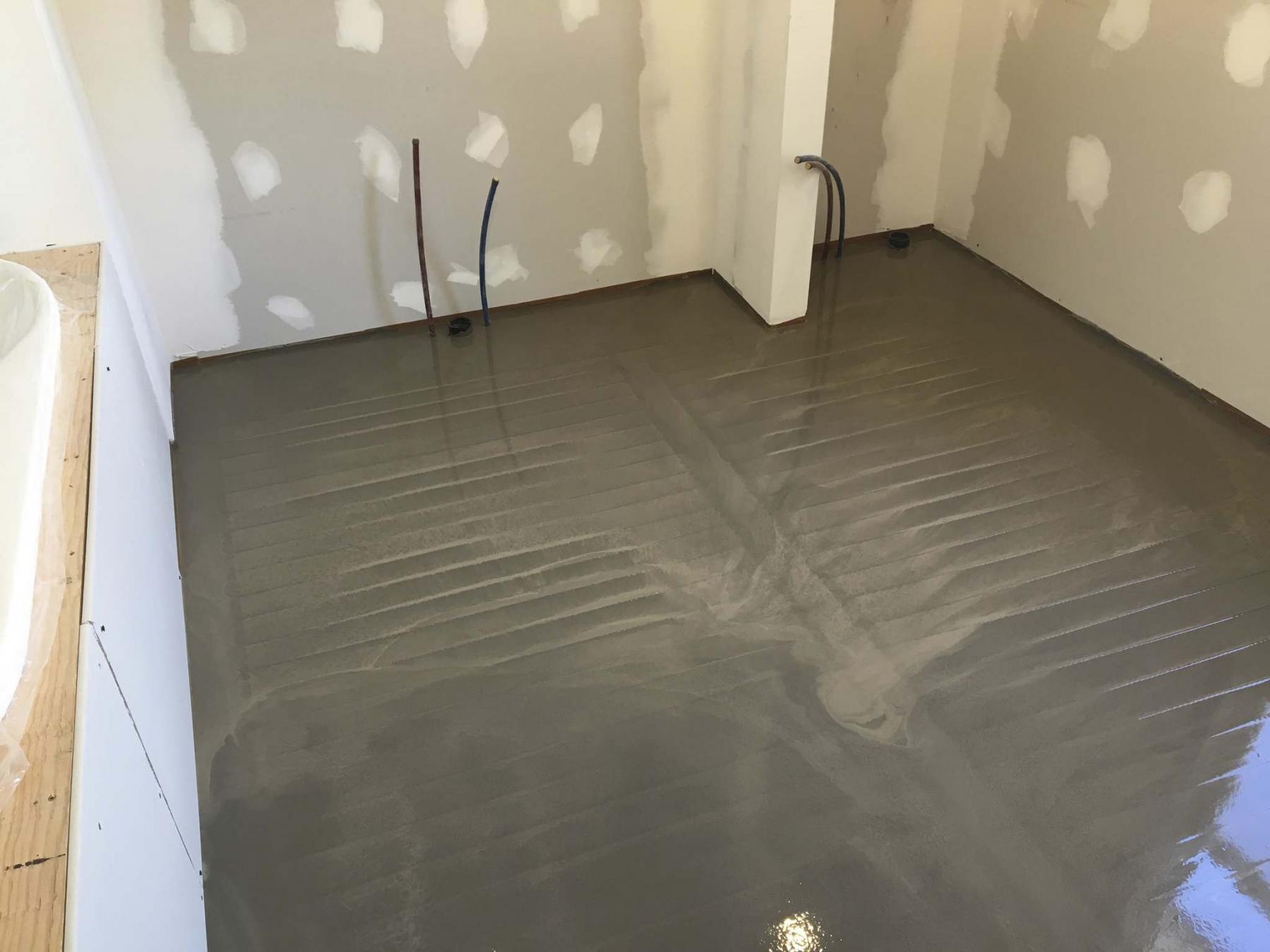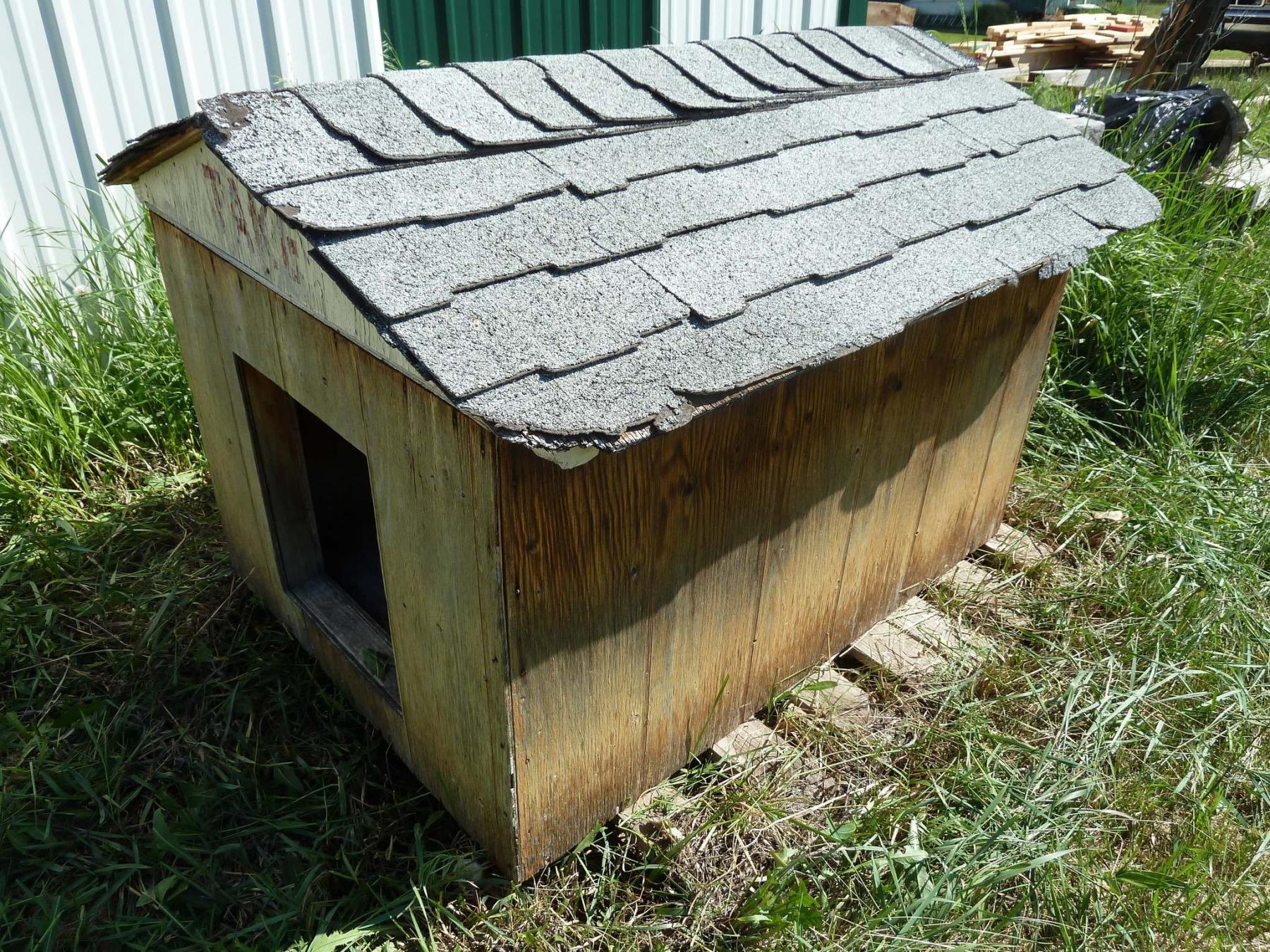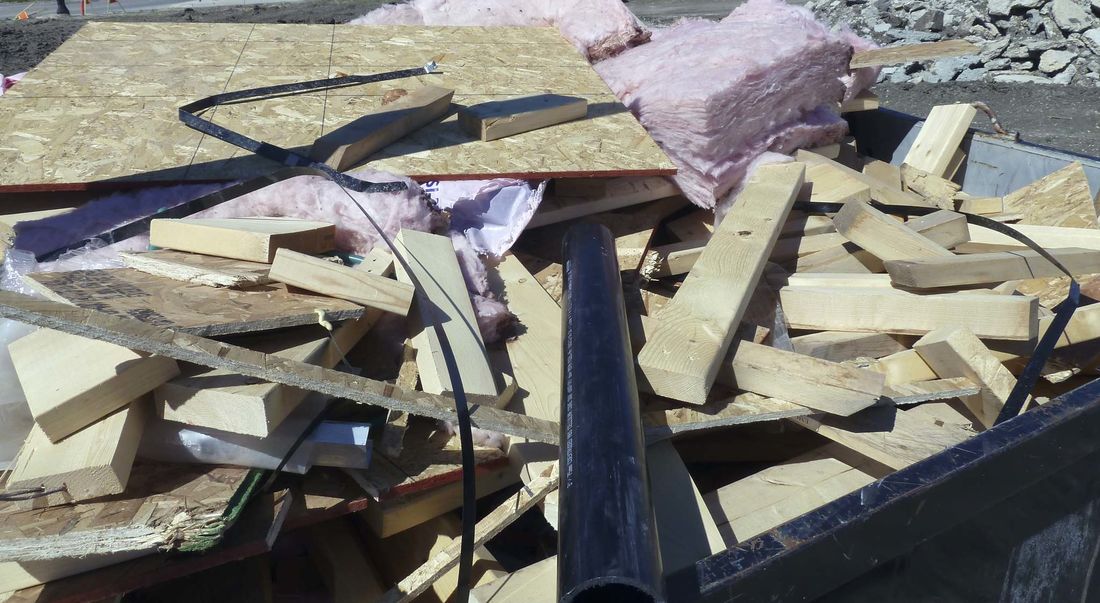Renovation & Design
Renovation & Design
Gauging extent of damage key to cleaning up sewer-stack leak
Question: Recently, while putting up a mirror in my basement bathroom, a screw pierced my main-floor sewer stack. It was not detected right away, as it was a slow leak.
We have cork flooring in the bathroom, and so it was not noticed until the water reached the carpet in the hallway. I removed the cork and dried out the concrete floor. I intend to replace it with vinyl, and replace the carpet that was affected. There was no solid waste, although it did leak for about two weeks before this situation got resolved.
My question is, what is required as far as treating — or replacing — the vanity base and even the bottom of the stud walls and so on?
Thanks for helping.
— Jerry Hildebrand
Answer: Determining the cause of a leak in an older home can be a challenge, and you have already taken the correct steps to remediation by repairing the damaged stack. Dealing with the wet cabinet and framing will depend on the extent of the damage and the condition after the drain leak.
Leakage from a plumbing drain in your home can range from a minor inconvenience to a major nightmare, depending on the location and severity. It is quite common to have small, slow leaks from sink drains or traps, which are often on the less concerning end of the spectrum. These will normally cause a small amount of moisture damage to the sink cabinet, unless left unchecked for a long period of time. Since the sink waste water normally contains soaps, toothpaste, hair and a few other similar products, there is little health concern with the "grey water" that leaks out.
Unless it is left to pool in the cabinet, drywall or storage items under the sink, there may be nothing to worry about. If it does leak into paper products or the particleboard, then mould growth is a likely byproduct. In that case, complete cleaning and removal of the mouldy materials will be required to prevent a health concern for any home occupants with mould sensitivities.
Since your leak has been from the main stack, it will likely contain some human waste products from any toilets on the main floor or above. There are definitely some potential health concerns with the leakage, as the waste water may contain E. coli, bacteria and other nasty components that can make you sick.
The good news is these should all be fairly easy to clean or remove and should not pose a risk once remediation is complete. You have already taken the first — and likely largest — step in removing and discarding the flooring materials that got wet. These will easily soak up the waste water and may not only become smelly from the discharge, but mould will easily grow if they remain wet.
This also applies to any drywall that may be behind the sink cabinet, as it probably got wet from the dripping drain pipe. If it was constantly wet for a couple of weeks, there is a strong possibility the integrity of the gypsum core was compromised. If it becomes soft and swells, there is no longer much strength in the sheathing. Also, the drywall paper is an excellent food source for various moulds, particularly some toxic types known to affect sensitive individuals.
To ensure this is addressed, the drywall in the area behind the cabinet should probably be completely removed and discarded. This will not only allow access and inspection of the studs behind, it will also promote quicker drying of any wet wood in the area. This will necessitate removal of the cabinet, along with disconnection of the faucet and sink drain, but that can also help answer your question. Once the cabinet is removed, it can be inspected to see the condition of the portion that sits on the basement floor.
Most — but not all — sink cabinets have a separate kickplate area along the base. This is done so it can be easily removed and trimmed to allow for an uneven or sloped floor. If your cabinet has such a base, it should be disconnected, as it is likely swollen and stained from sitting on a wet surface for an extended period of time. The simple solution is to discard it.
If the moisture damage is restricted to this and has not travelled up into the main cabinet, it may be no additional remediation is needed. New water-guard drywall could be installed to replace the removed wall section and then the joints and edges can be taped and painted. Once complete, a new kickplate can be mounted to the cabinet and can be reattached to the wall studs, followed by reconnecting the water supply and drain pipes under the sink.
If the cabinet is water damaged or has visible mould, chucking it along with the drywall may the best — yet more costly — solution. If it or the studs and wall plates are only stained on the surface, it may be only cleaning and treating is required. The simplest test to determine this is probing the surface with a sharp object, like a scratch awl or sharp nail. If the probe easily penetrates the surface, then the moisture damage is more extensive, rot is likely and removal, discarding and replacement is warranted. If the probe does not penetrate the surface without strong force, then simple treatment may be sufficient.
There are many commercially made products for treatment of mould and harmful bacteria that should help prevent the sewage products from becoming an issue once everything has dried out and been sprayed.
Fixing your basement area, where waste water has leaked, will normally be a matter of common sense after visual inspection of the affected materials. If they are damaged, stained or mouldy from the wetting, they should be discarded. If they show little signs of those issues and still have their structural integrity, spraying with a fungicide/bacteria inhibitor may be the only remediation necessary.
Ari Marantz is the owner of Trained Eye Home Inspection Ltd. and past president of the Canadian Association of Home & Property Inspectors — Manitoba (cahpi.mb.ca). Questions can be emailed to the address below. Ari can be reached at 204-291-5358 or check out his website at trainedeye.ca.
trainedeye@iname.com
Renovation & Design
Hiring a professional cleaning servicecan help make your home sparkle
Professional housecleaners are masters of their craft — and they know all the tricks of the trade to make your home sparkle and shine.
Depending on the size of your house, you can typically expect to spend between US$80 and US$400 on a deep clean, and between US$60 and US$180 on regular maintenance cleaning.
Here’s why it’s worth it, and how you can make the most of every penny:
Getting a deep clean
Many cleaning services will ask you to commit to a deep cleaning before regular maintenance cleanings.
The specifics vary by company, but a deep clean generally means every corner of your home receives special attention.
This will get your home sparkling clean and create a baseline for regular weekly, biweekly or monthly visits to follow.
Digging into nooks and crannies
Whether it’s a deep clean or a maintenance clean, professional housecleaners pay attention to stuff that nearly everyone misses. The tops of doorframes, the area above the oven where airborne grease collects, bathroom baseboards — these are the nooks and crannies where an experienced worker can really make a difference.
Preparing for a big event or holiday
Do you have a family reunion coming up? A holiday party?
Call in a housecleaning service for a one-time job.
This way, you’ll be able to direct your attention to party planning, decorating and entertaining your guests, safe in the knowledge that the baseboards and floors will be bright and clean.
Handling everyday housekeeping
This is where you want to be clear about what a service offers.
Housecleaning and housekeeping services are not the same thing, though the same individual or company may offer both.
Are you looking for someone to clean the kitchen, scrub the toilets and make appliances shine? In that case, you want a cleaner.
If you’re looking for someone to change the sheets, tidy up the living room and wash the dishes, you want a housekeeper.
Saving time
The benefits of hiring professional cleaning and housekeeping services don’t end at the clean floors and sparkling countertops.
You’ll also get back your time. After all, the hours you’d otherwise devote to scrubbing floors could be better put to use spending time with family or doing something else that you need or enjoy to do.
Plus, if you’re like most of us, a pro can probably get the job done better in a fraction of the time.
Pro tip: Make sure you know up front how your cleaning service operates.
Will they send one person or a team?
A team generally works faster, but you may pay a bit more. And will the same person or team be addressing your home each time?
If so, they’ll get familiar with your home and know when to rotate certain tasks.
— Tribune News Service
Renovation & Design
Use empty paper towel roll to vacuum under fridge
QUESTION: Next week is the kickoff to my spring-cleaning routine. I would like to vacuum under the fridge without having to move it. Any ideas as to what I can use to get under there?
— Jasmine
Answer: Slip an empty paper towel roll inside the end of the vacuum nozzle (make sure that the roll is tight and can’t be sucked into the vacuum). Flatten the paper towel roll end and push it underneath the fridge.
Question: The bronze plaque on a cremation burial site has faded to dull. Is there any liquid solution I can apply with a brush, if necessary, to bring it to at least close to original?
— Manfred
Answer: Water, dust, pollution and weather are hard on bronze, and it is true that family and friends are often the people responsible to care for memorial plaques.
If the plaque is left over time, only a professional restorer will successfully bring it back to its previous condition. To clean bronze plaques, use a soft scrub brush, water and Ivory dish soap.
Clean bronze with soapy water; rinse with distilled water and dry completely. Brush on a thin coating of paste wax or purchase wax specifically designed to protect bronze from UV exposure. Buff with a soft cloth, being careful not to apply wax to surrounding areas.
Clean the plaque regularly and reapply wax if bronze begins to look dull.
If excessive wax builds up over time, use petroleum solvents and soft rags to strip wax (test everything on a small inconspicuous area before using any products on the plaque).
Cookie nonster tips
I like to reduce the amount of flour in most cookie recipes by one-quarter cup to make the tender cookies that do not dry out even after several days.
— Tyran
I make icing with confectioners’ sugar and milk. I make it fairly thin, as I "paint" the icing onto the cookies with a pastry brush. Thin enough to spread easily, but not so thin that it just makes your cookies wet and runny.
— John
Use parchment paper on baking sheets to eliminate the need for greasing sheets. This tip helps promote even browning and easy cleanup.
— Doug
I do not own cooling racks and what I found works to cool freshly baked cookies without sogginess is to line the counter with wax paper. Sprinkle sugar onto the paper before cooling the cookies; my cookies are never soggy!
— Elma
As a longtime baker, I always cut the required eggs in half for cookie recipes.
Working with drier dough yields a puffier, lighter and more delicious cookie. I also make the dough two days ahead of time and store it in the fridge; this brings out the flavour of the cookies.
— Chef White
Note: Every user assumes all risks of injury or damage resulting from the implementation of any suggestions in this column. Test all products on an inconspicuous area first.
Reena Nerbas is a popular motivational presenter for large and small groups; check out her website: reena.ca. Ask a question or share a tip at reena.ca.








